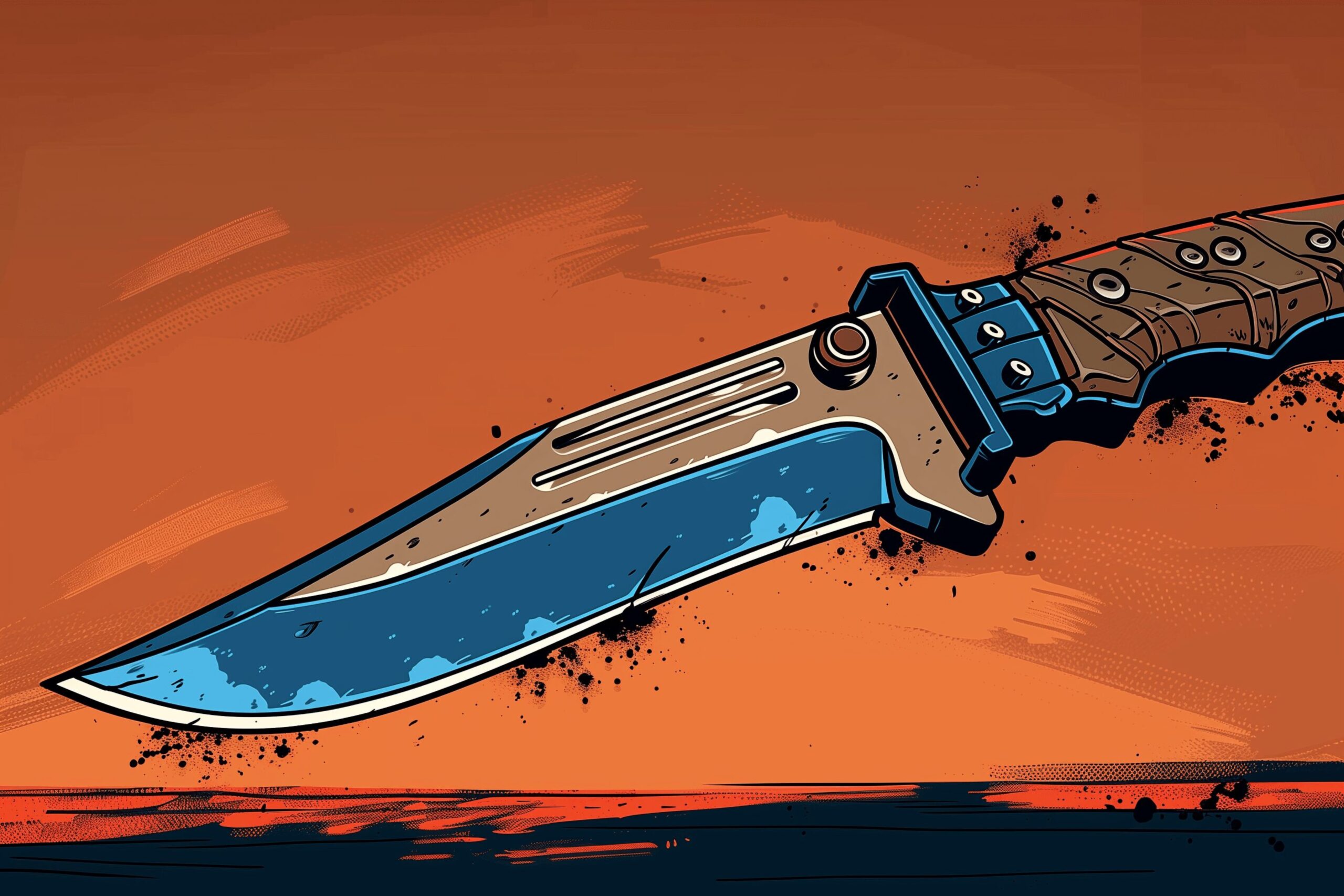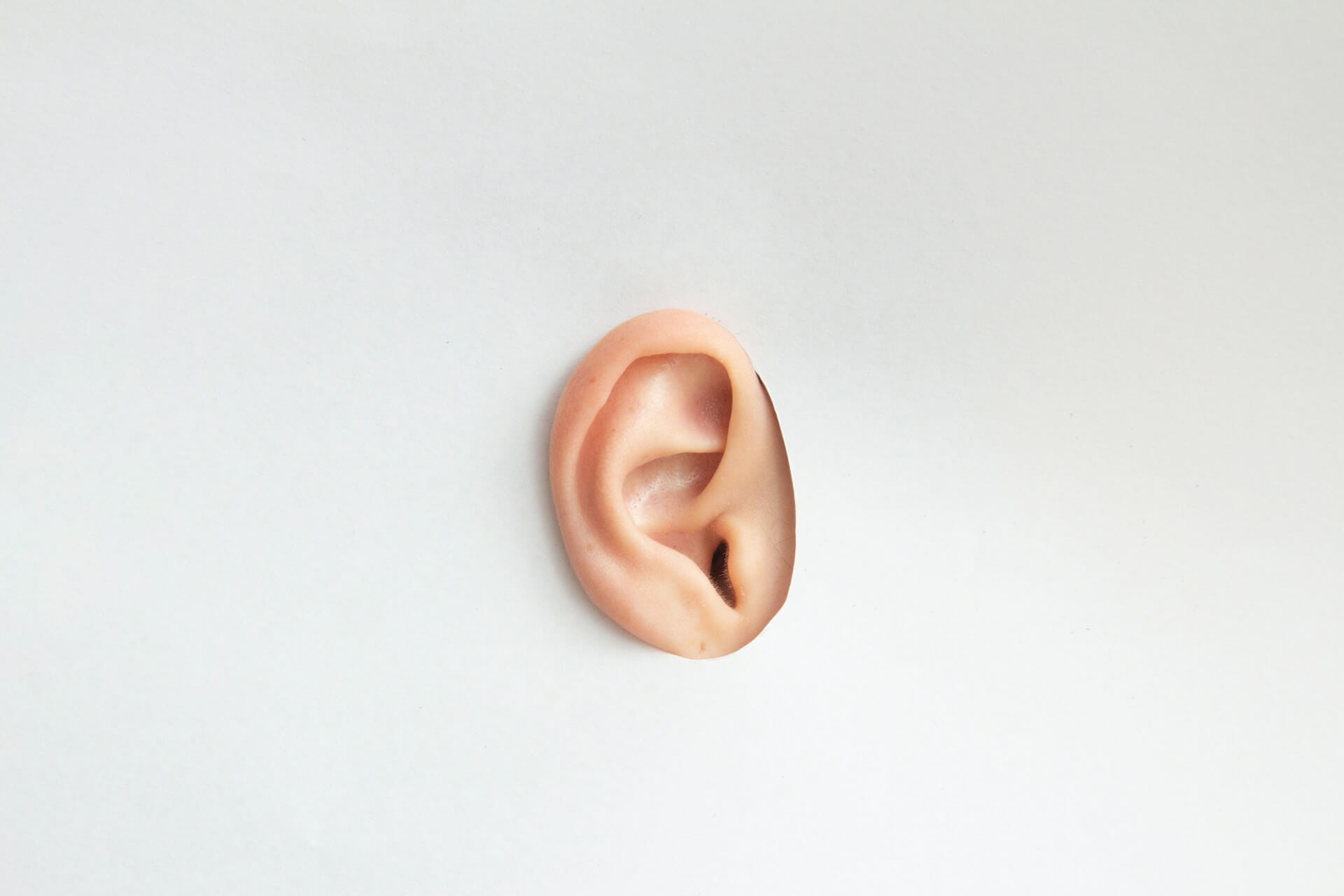Play Like the Pros: How to Break in a Baseball Glove
Dec 21, 2023

As an Amazon Associate, Modded gets commissions for purchases made through links in this post.
Baseball has been America’s pastime since we called it town ball in the 19th century. The game has been simple and beautiful for nearly 150 years, requiring only a ball, a bat, a glove and a will to win. If you picked up a glove for the first time, you may wonder why it feels so stiff. It takes a while to get mitt in your ideal playing conditions. Here’s how to break in a baseball glove and how you should take care of it through the years.
How to Break in a Baseball Glove
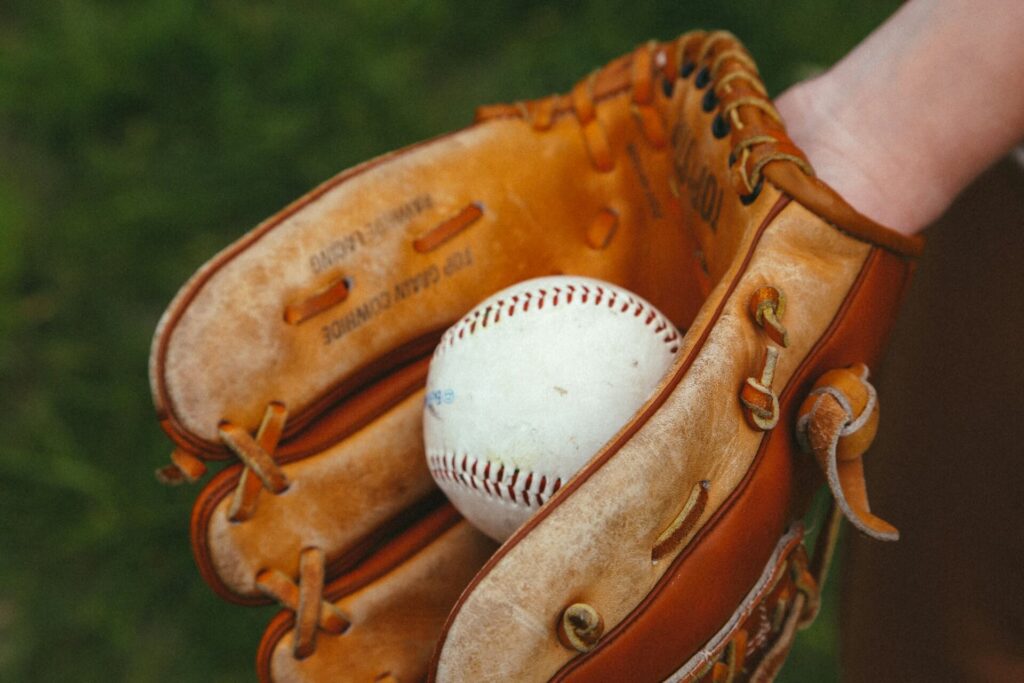
Learning how to break in a baseball glove is a right of passage for ballplayers worldwide. Whether you’re 5 or 55, getting this process right is crucial. Here are five methods for breaking in a baseball glove without damaging your new mitt.
Get on the Field
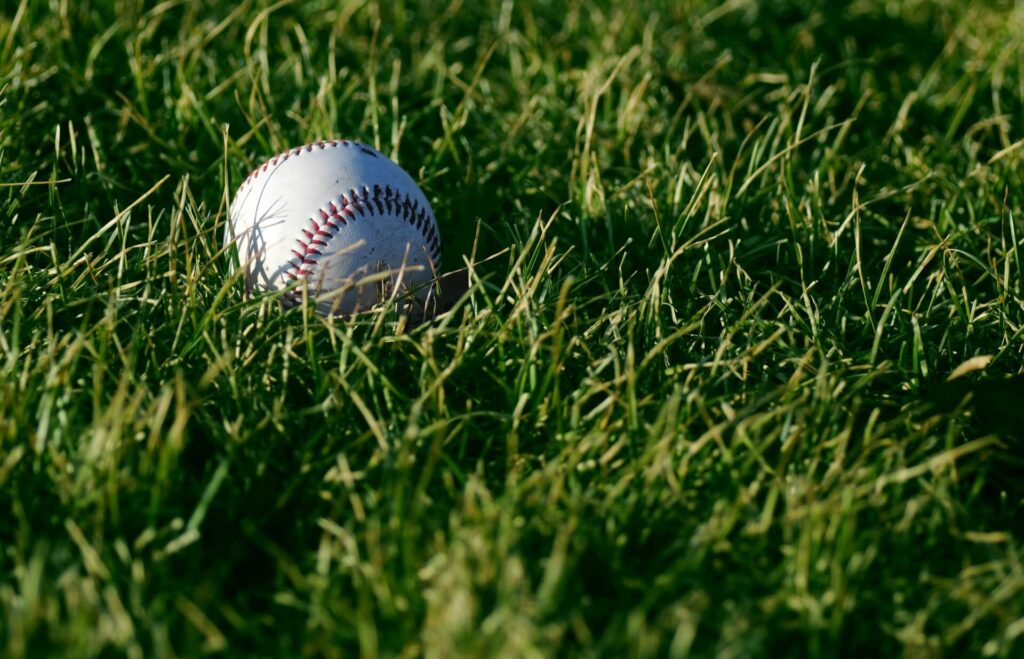
The best way to break in a baseball glove needs no frills or special equipment. All you need to do is get on the baseball diamond and join the 65 million people worldwide who play the special sport. You could play a game at your local recreational center or ask a buddy to play catch. The best method if you’re wondering how to break in a baseball glove is simply to use it.
Baseball purists (of which there are many worldwide) appreciate this method the most. Catching a ball with your glove will stretch your mitt as you practice. Soon, you’ll have your glove in the perfect condition and just to your liking.
Use a Mallet
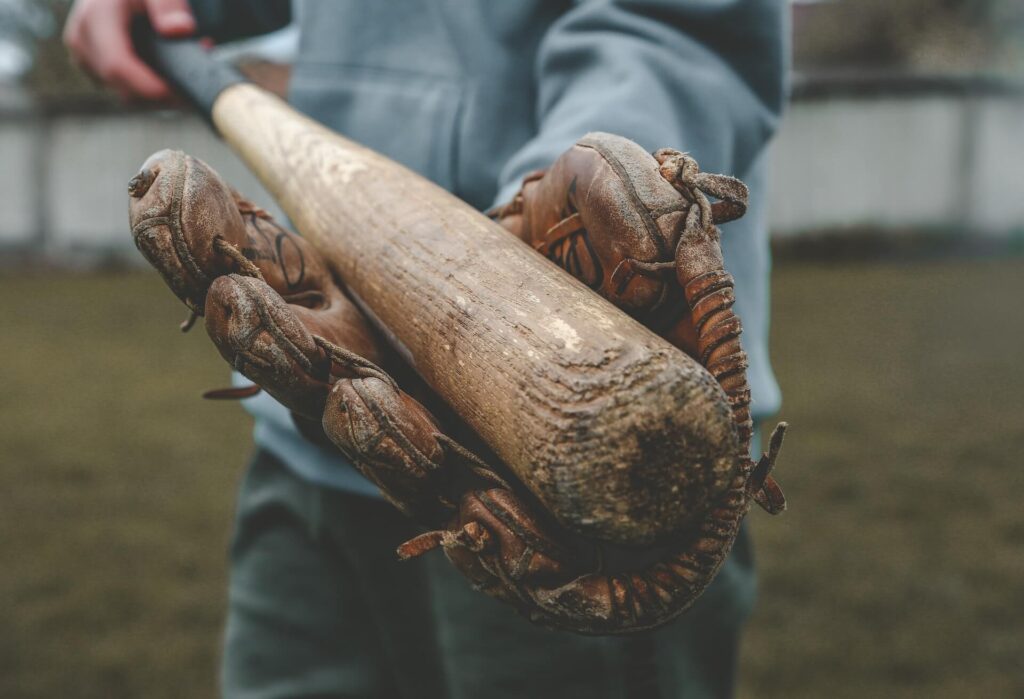
Applying light pressure to your glove is generally a good thing. One way you can attack your glove without overdoing it is to use a glove mallet. This method is best if you have a real glove mallet to ensure you don’t mutilate the mitt. Wear the glove and tap the mallet onto your glove’s pocket. This strategy emulates the feeling of catching baseballs without playing catch with your buddies. Reverse the glove and hit the back side to even it out.
Try Glove Conditioners
If you’re looking for a speedier method, there are a few alternatives you should consider. First, there’s the glove conditioner tactic. Glove conditioners are appropriate while you’re breaking in the glove and performing maintenance. While these products are great, it’s best to stick to the company from which you bought the glove. For example, a Wilson glove should stick to a Wilson glove conditioner to ensure your mitt’s health.
The glove conditioner’s objective is to upkeep the leather in your mitt. While leather is durable, it still needs maintenance to ensure its integrity. Give your glove a few drops of conditioner and use a cloth when applying. Take it easy with the conditioner to ensure you don’t overdo the lubrication.
Steam the Glove
Some people use heat to break in their baseball gloves, but it’s something you should approach carefully. One of the acceptable ways to use heat is to steam your glove. Steam provides the right combination of warmth and relaxation, like in the sauna. Get steam to around 150 degrees Fahrenheit and hold the glove over the water. You can use a colander to protect your hands.
Find a Glove Wrap
Another way to speed up the process is to use a glove wrap for your baseball mitt. Glove wraps are helpful because they fold your glove into the precise way you want it. Take your new baseball glove and fold it in half. Then, tie the glove with your wrap to maintain your preferred shape. Preferably, you’ll keep your favorite baseball inside the glove while wrapped to perfect your shape. Next thing you know, you’re ready to dominate the outfield like Willie Mays in his prime.
How Not to Break in a Baseball Glove
We’ve learned some practical methods for learning how to break in a baseball glove. Now, let’s look at some of the least effective ways. These three strategies will do more harm than good.
Don’t Microwave the Glove
Applying heat can effectively break in your baseball glove. However, you shouldn’t put your mitt in the microwave. This kitchen appliance should only be for popcorn and heating up leftovers. Microwaving the glove is generally bad because it extracts moisture and dries your baseball mitt. It may feel good initially, but the glove will cool down and feel too dry. You need a touch of moisture to prevent brittleness.
Also, don’t bake it. Your oven is for baking casseroles and cookies — not baseball gloves. The oven will only exacerbate the dry feeling in your mitt. Blow drying or leaving the mitt in your car are other ill-advised heating methods. Consider your glove a human or a pet — you wouldn’t leave them in the car, so don’t give your mitt the same treatment.
Don’t Sleep on the Glove
Some people try to stretch the leather by sleeping on the glove. Some people sleep on top of the glove on their bed or sit on it through the couch. Others put the glove under their mattress while sleeping to really flatten the glove while getting a good night’s rest. Regardless, these methods are ill-advised due to the compression. You want your glove to have a little firmness, but sleeping on the mitt completely removes this feeling.
Don’t Run Over the Glove
Seriously, this method is one people try to break in their baseball gloves. Running over anything won’t provide good results unless you intend to crush it. You may think a sedan or hatchback is too tiny to do severe damage, but it’s worth reconsidering. Think about the Toyota Prius, one of the lightest vehicles on the market. Even the Prius weighs over 2,500 pounds, which would do too much damage to your glove.
Learning How to Break in a Baseball Glove
Baseball season lasts from April to November, but you can play America’s pastime anytime. If you’re a baseball beginner, you’ll need essentials like bats, baseballs and gloves. Bats and balls don’t need time to adjust, but your glove does. Use this guide to learn how to break in a baseball glove.



